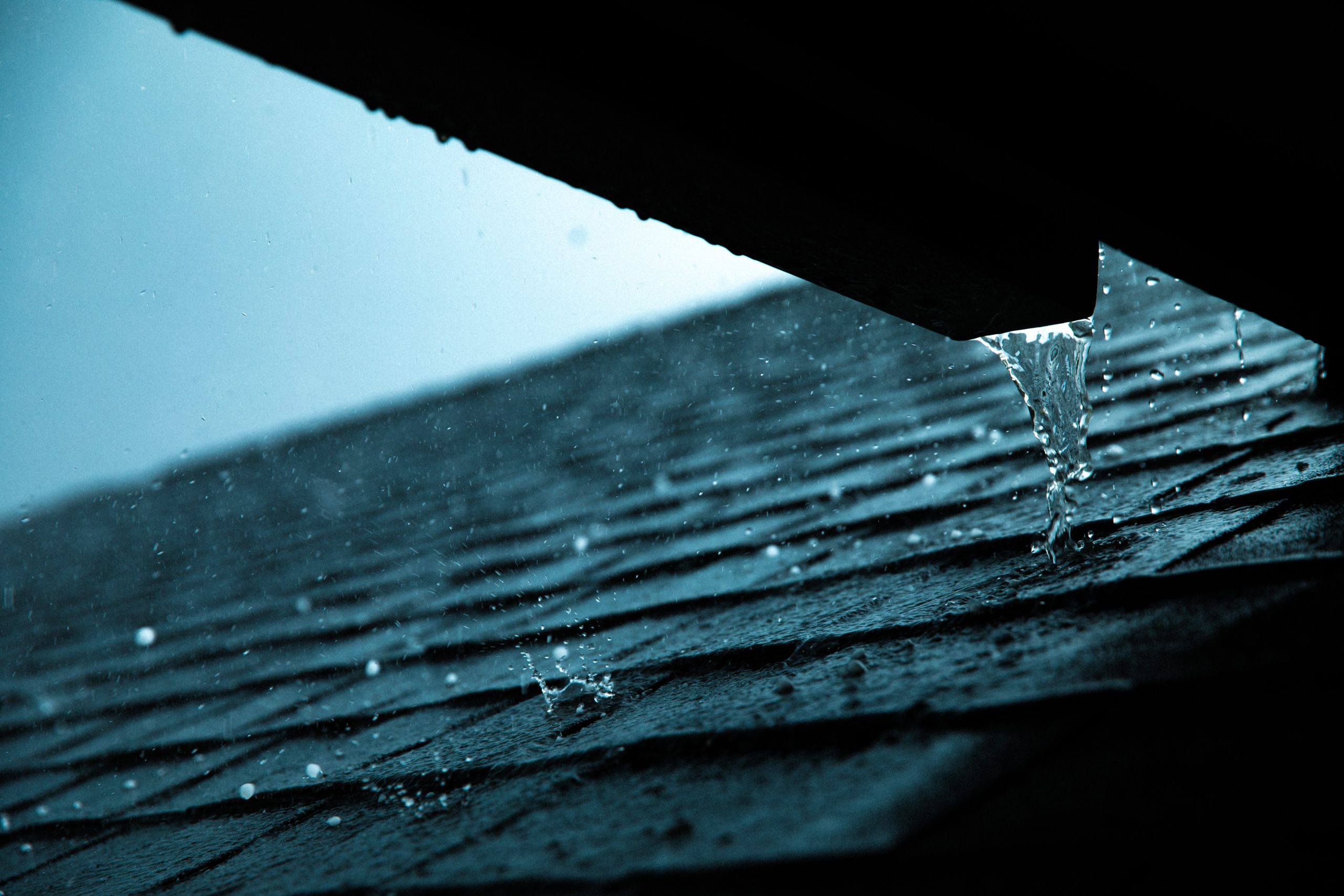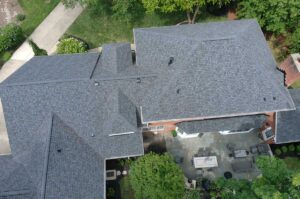The ENERGY STAR® Program for roof products officially ends June 1, 2022. ENERGY STAR is a government-backed designation that indicates a product is has met the program’s specific energy efficiency criteria. According to ENERGY STAR [energystar.gov], the ENERGY STAR label was established to reduce greenhouse gas emissions and other pollutants caused by the inefficient use of energy. It was also established to make it easy for consumers to identify energy-efficient products that offer savings on energy bills without sacrificing performance, features, and comfort.
At its core, ENERGY STAR-rated products must meet specifications set by the Environmental Protection Agency (EPA). The EPA lists its guiding principles as:
• Product categories must contribute significant energy savings nationwide.
• Certified products must deliver the features and performance demanded by consumers, in addition to increased energy efficiency.
• If the certified product costs more than a conventional, less-efficient counterpart, purchasers will recover their investment in increased energy efficiency through utility bill savings, within a reasonable period of time.
• Energy efficiency can be achieved through broadly available, non-proprietary technologies offered by more than one manufacturer.
• Product energy consumption and performance can be measured and verified with testing.
• Labeling would effectively differentiate products and be visible for purchasers.
The Program Requirements state qualifying products must comply with current ENERGY STAR Eligibility Criteria, which define performance requirements and test procedures for roof products and obtain written certification of ENERGY STAR qualification from a Certification Body recognized by EPA for roof products. As part of this certification process, products must be tested in a laboratory recognized by EPA to perform roof product testing. After the product is evaluated and approved, the manufacturers could use the ENERGY STAR symbol to market and promote it.
Sunset On The Horizon
In May 2019, the EPA issued a memo to ENERGY STAR roof brand owners and other interested parties finalizing the sunset of the ENERGY STAR specification for roof products effective June 1, 2022. The EPA solicited feedback on the sunset proposal that was released in 2018. Feedback was mixed, but the EPA deemed there were no reasons compelling enough to not close the program. The most compelling reason published on the Comment Response Document is that building codes and product standards have surpassed the ENERGY STAR criteria.
One comment summary on the Comment Response Document states: “Sunsetting the program will not result in backsliding and is supported. Widespread adoption of cool roofs through practice, codes, regulations; availability of ANSI/CRRC S100 standard for radiative properties of roofing materials and CRRC product directory ensure the market will not backslide without ENERGY STAR. In numerous cases, the listed standards have leap frogged over the current ENERGY STAR criteria.”
The EPA’s response: “EPA agrees with this point, noting that ASHRAE, IECC, Green Globes, and USGBC’s LEED program all have standards for roofs, many of which exceed the stringency of the current ENERGY STAR requirements.”
After June 1
Although the program is officially sunsetting as of June 1, you may still occasionally see roofing products with the ENERGY STAR logo. There will be no new product certifications after that date. It’s also prohibited for anyone to produce new promotional materials for roof products that use the ENERGY STAR name and mark. However, brand owners are permitted to use up existing printed material, including packaging, to minimize waste. l

















